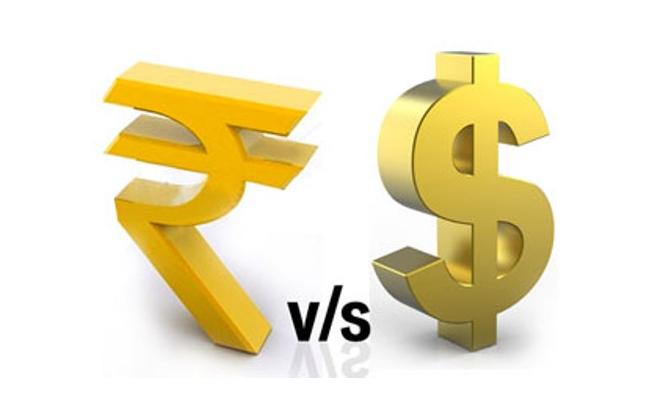The rupee which is touted as the worst performing currency in Asia, has lost about 11 percent this year.
14th August 2013
It is testing times for Raghuram Rajan and Co., as the prediction of Credit Suisse forex strategists have turned true, at the time of writing this article, the Indian rupee had crashed to an all time low of 61.53 against the U.S. dollar. Earlier in June, Credit Suisse forex experts had said the rupee would crash to 61.50 against the U.S. dollar and reach 62 in another ten months. The rupee slumped on doubts about the goverment’s plan to narrow the current account deficit (CAD), with fears of more foreign capital outflows and plunging the economy into a crisis. The rupee which is touted as the worst performing currency in Asia, has lost about 11 percent this year.
To stem the rot, India’s Finance Minister P Chidambaram announced a slew of measures including curbing imports and raising money abroad. The measures announced by the finance minister is to narrow the current account deficit to 3.7 percent of GDP in the fiscal year ending March 2014, down from a record 4.8 percent in the previous fiscal year. The bottomline is, even if India were to meet its target of narrowing the current account deficit to 3.7 percent that would be still above what the RBI has called a sustainable deficit of 2.5 percent of GDP.
Economists feel these stop gap arrangements to stabilise the rupee cannot be undertaken in the longer run, Anubhuti Sahay, economist at Standard Chartered Bank in Mumbai says “ These measures need to be backed by structural reforms. Unless the fundamental woes are addressed, any sustained relief in the rupee will be temporary”.
India is hopeful of attracting $ 11 billion in capital inflows mainly from state run companies such as Indian Railway Finance Corporation Limited to sell debt abroad and raise money from Indians abroad, among other measures.
What causes the rupee to fall against the dollar ?
“The only time the Indian Rupee goes up is during a toss”, quipped a trader in Mumbai. Such is the state of affairs of the rupee, so why is the rupee falling so rapidly against the U.S. dollar ? Simple economics tells us less the dollar in the market more will be its value which means the corresponding currency would experience a steep fall, but why do we need dollars. The most important thing is India imports Crude oil from the Middle East, Iraq, Venezuela and other countries, and these countries don’t accept the Indian Rupee for payments, the crude oil importers are paid in internationally acceptable currencies such as dollars, euros etc. Since India does not print dollars, we have to rely on our exports to foot these oil bills and other imports, i.e. when we export our goods and services we get paid in USD. Another mode is when foreign investors invest in India they bring in USD and the third way is NRI investments. So maintaining a steady flow of the foreign currency is of paramount importance as we need adequate reserves of foreign exchange to pay our oil bills and other imports. If we run out of foreign exchange the country stands to be in trouble as the industrial activity and transportation will be hit hard, bringing down the economy.
Dollar gaining in Strength and Fed’s Quantitative Easing
The latest reason for the nosedive of the rupee is the sudden withdrawal of FIIs (Foreign Institutional Investment) from India thereby creating a demand for U.S. dollar and depreciating the Indian rupee. Bernanke, head of the Federal Reserve has hinted the withdrawal of the bond buying programme or tapering off the quantitative easing, which would increase the interest rates in U.S. This would have 2 implications: The rupee would depreciate further and investors would head back to the U.S. due to high return on investments due to change in policy by the Fed.
Current Account Deficit
The current account deficit, which is largely the difference between exports and imports is alarming . The current account deficit, stood at 4.8 percent in the year ended March 2012, mainly due to heavy imports of the yellow metal. If India spends its limited forex reserves on gold it reduces the forex reserves required for oil bills and necessary imports, however, banning gold imports would not be possible as people in India rely on gold investments for their livelihood. Raising a cap on gold imports or levying higher import duties on gold and electronic goods would help reduce the CAD. The falling gold prices have only compounded the problems of the policy makers.
Weak Fundamentals
India has very poor fundamentals- ranging from skill deficit, corruption, policy stagnation and huge dependence on imports. Other reasons include slow pace of reforms, red tapism etc. As Warren Buffet once quipped, “ Only when the tide goes out do you discover who’s been swimming naked”.
Whether it’s the resurgence of United States or the fall in gold prices the Rupee is fallen into the abyss.


